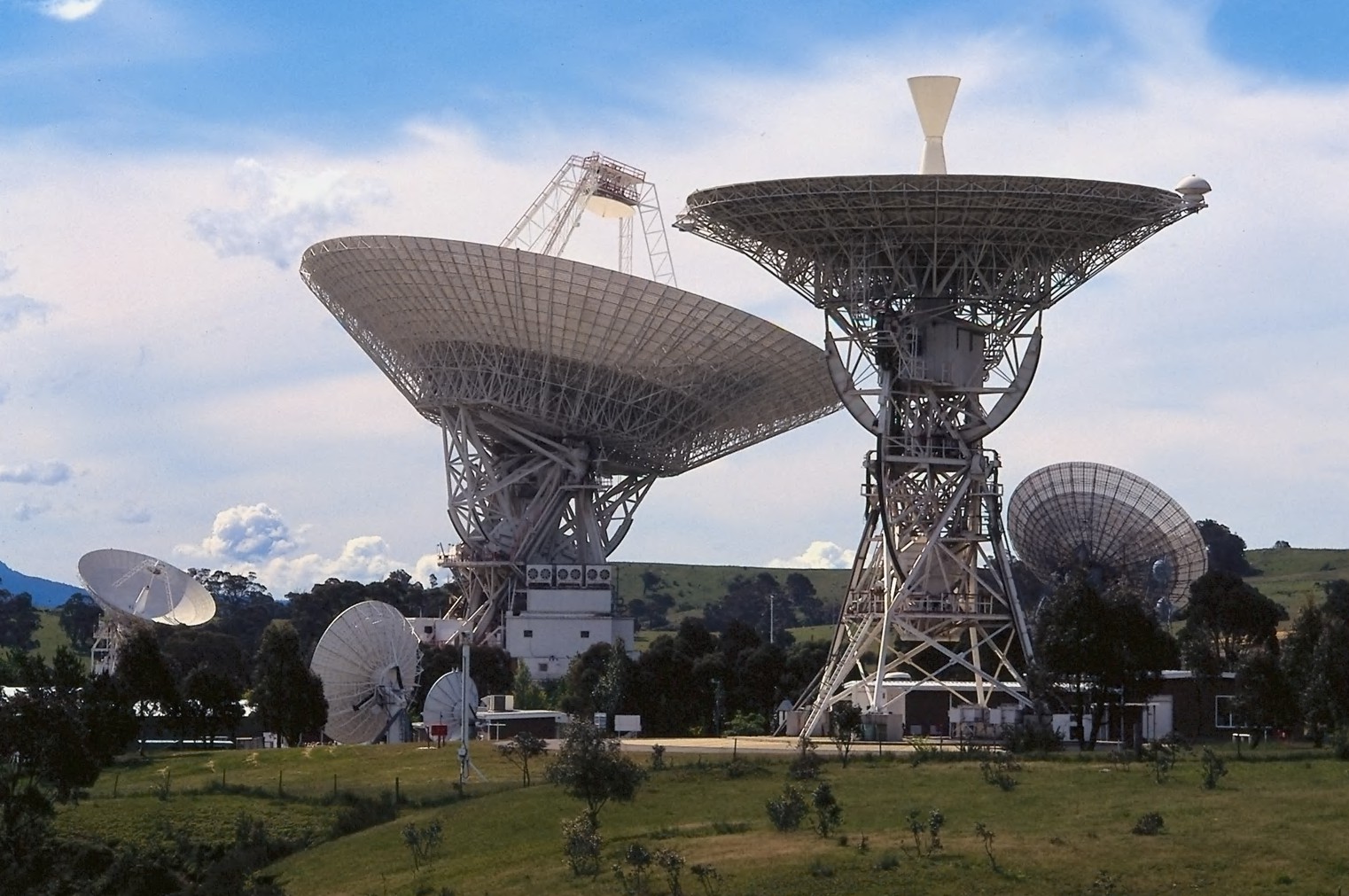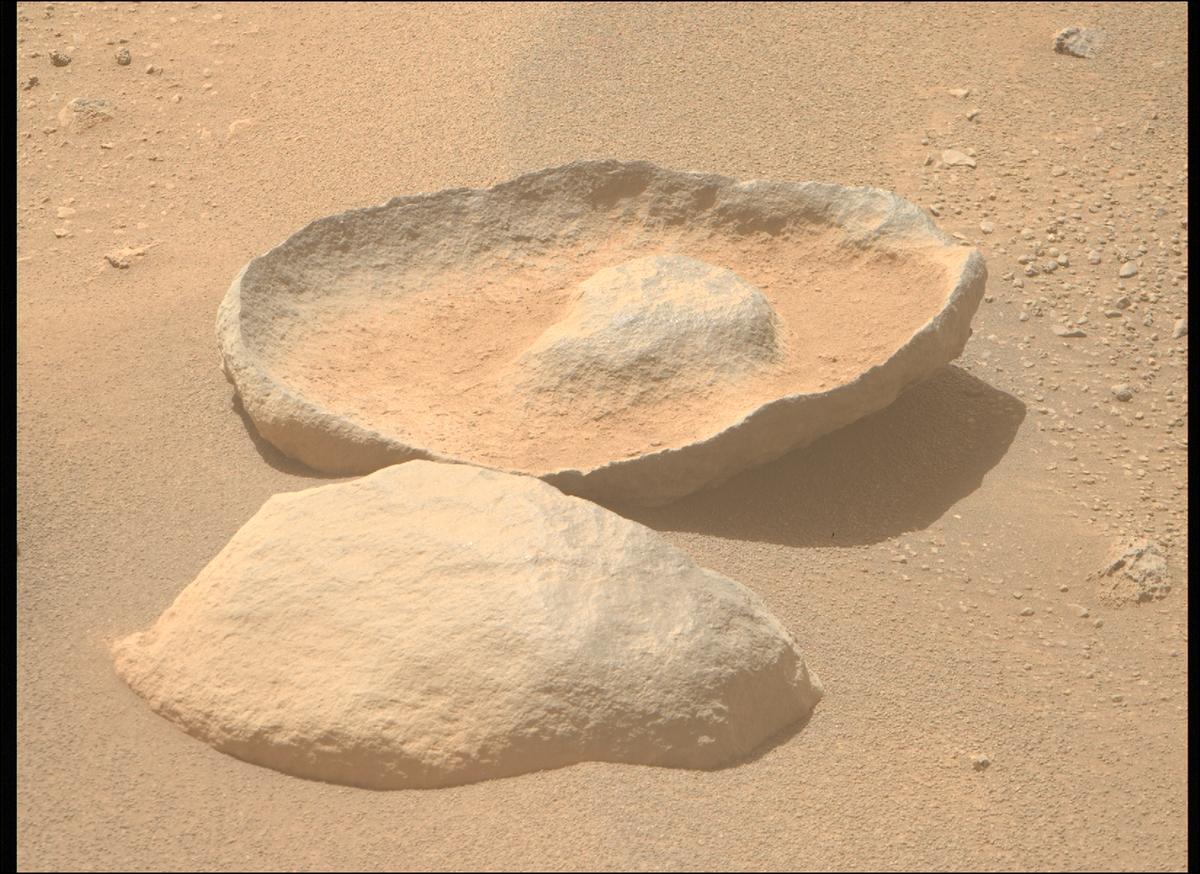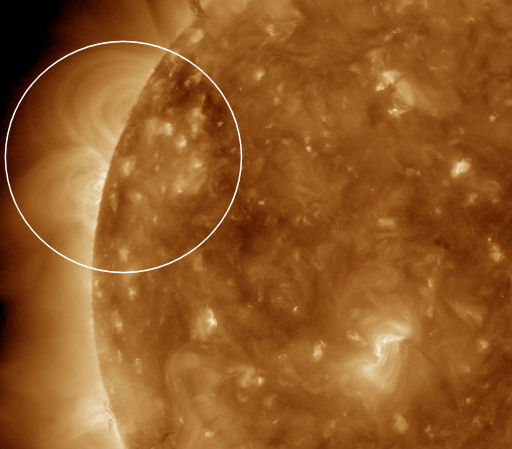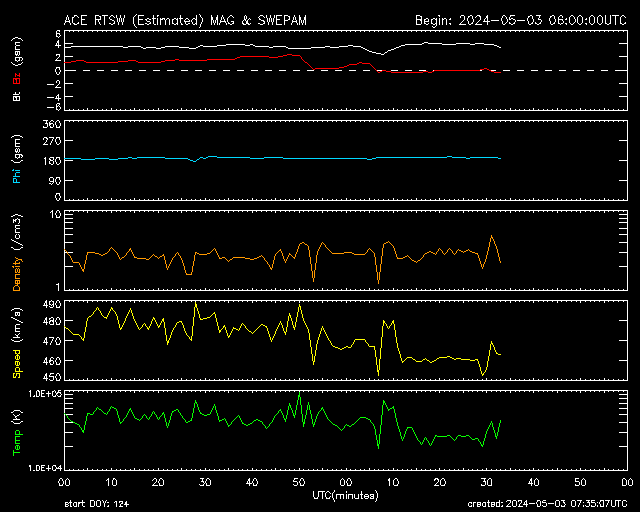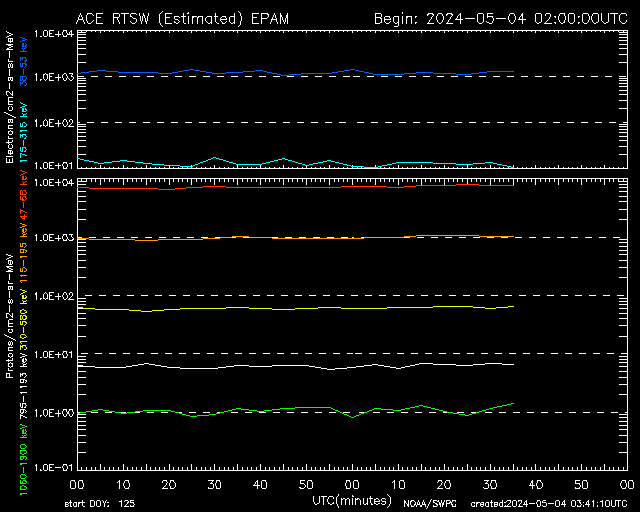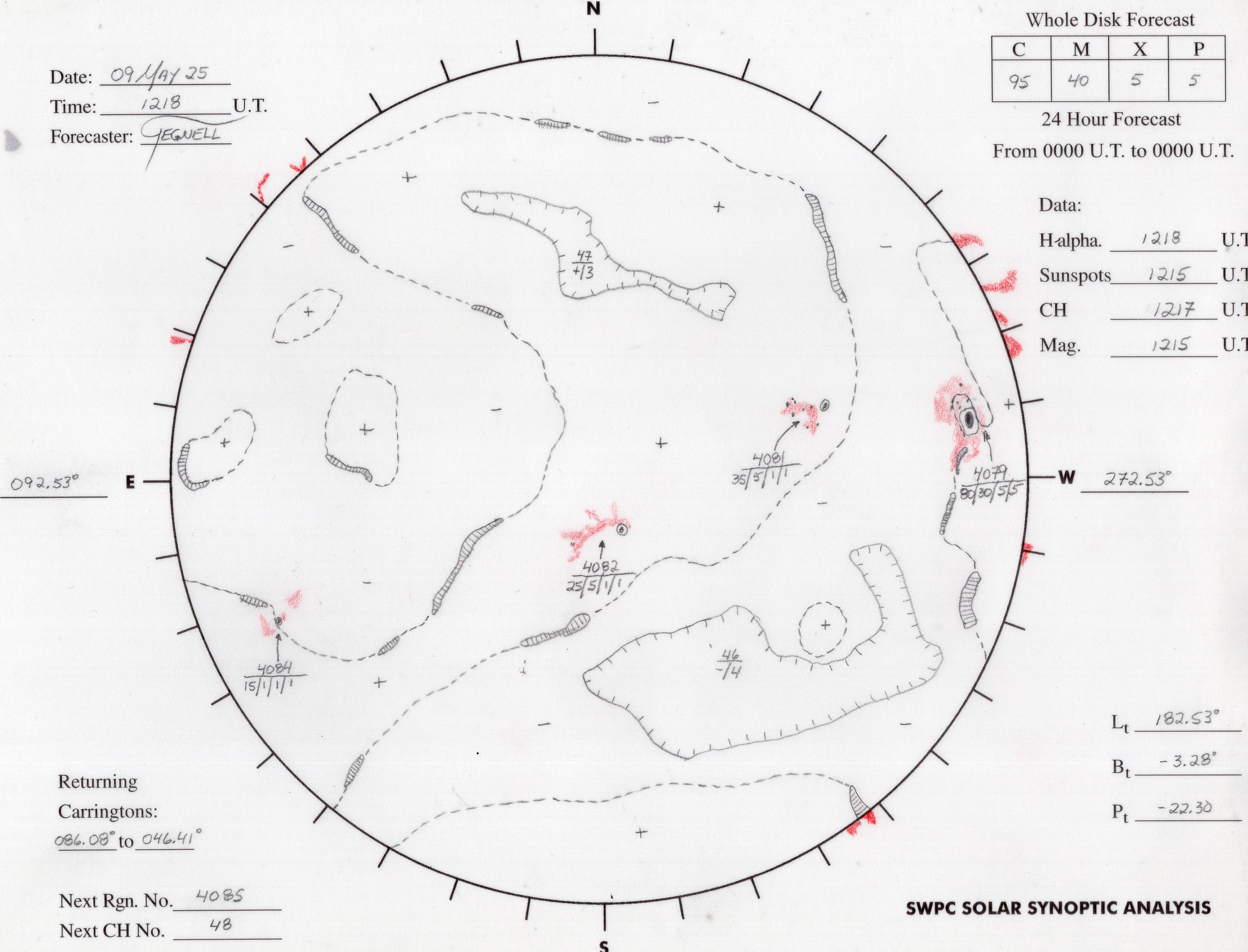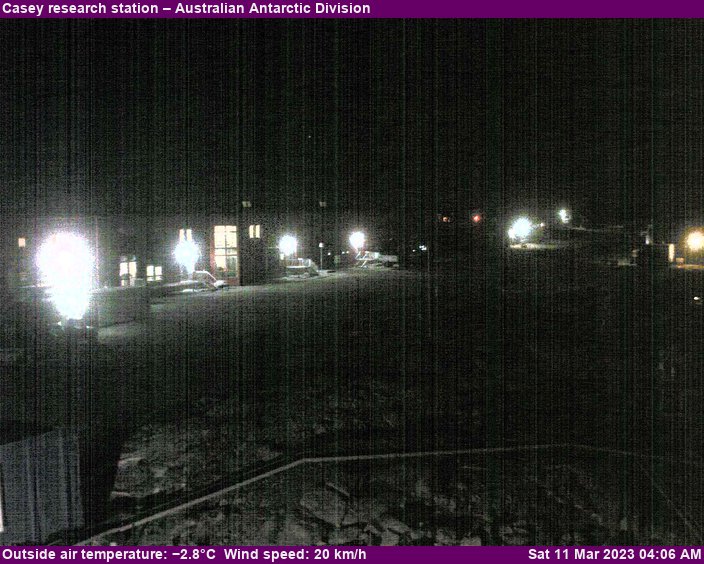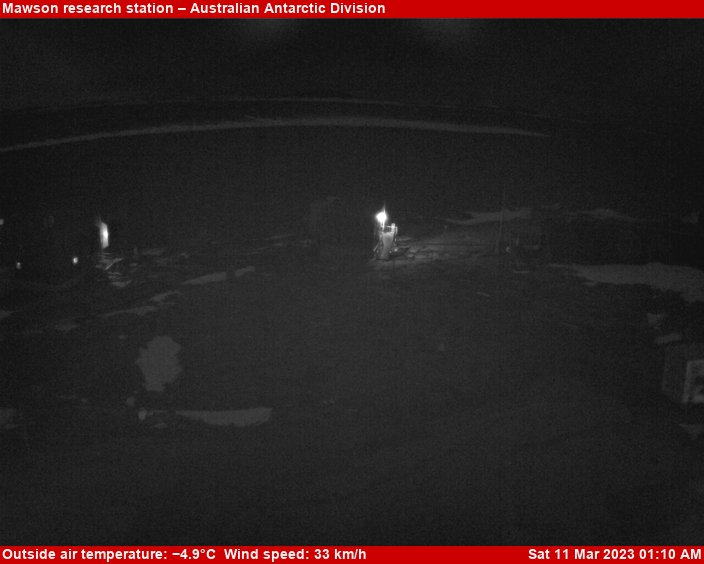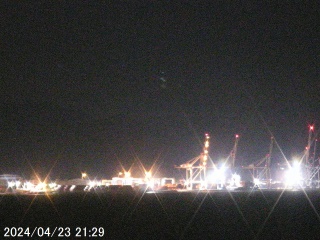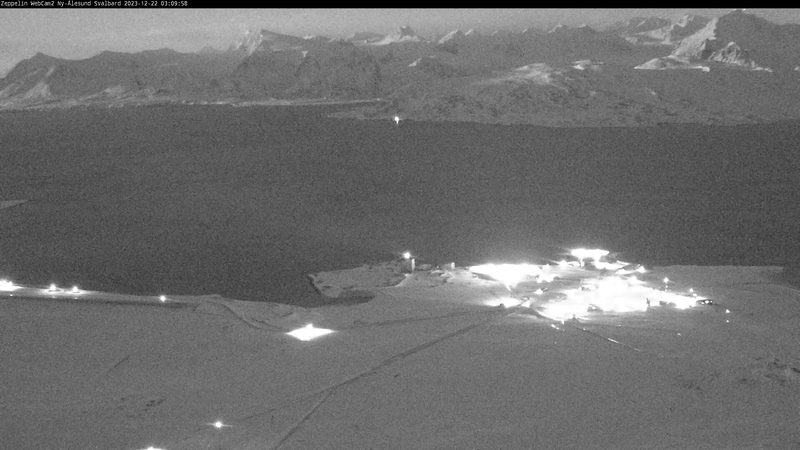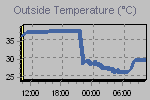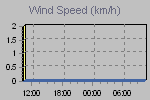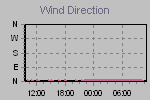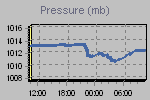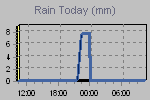Mars never fails to provide us with interestingly-shaped rocks, and recent observations have been no exception. The rock seen in this sol 907 Mastcam-Z image has captured the hearts and minds of our science team: our hearts for its sombrero-like shape, and our minds for the potential science implications behind it.
“Sombrero rock” (officially named Middle Mountain) was found along our journey to the carbonate-bearing Margin Unit covered in a previous blog. One hypothesis for its sombrero-like shape is that this is due to a process known as case hardening. This is where the outer shell of an exposed rock surface hardens either due to chemical weathering and a relative softening of the interior, or hardening of the exterior due to the development of a rind. This can cause the interior of the rock to be preferentially eroded away, leaving behind interesting, hollowed-out looking shapes. Both versions of this case hardening process are often closely associated with near-surface water-rock interactions, and so this could have interesting implications for past climate and surface water on Mars.
We’ve been seeing several examples of hollowed-out looking rocks through Perseverance’s traverse of the Upper Fan. These include the rocks seen in Mastcam-Z images on sol 865 and sol 836.
The sombrero-shaped Middle Mountain, first seen on sol 905, was targeted with both a SuperCam Laser Induced Breakdown Spectroscopy (LIBS) observation and a Mastcam-Z multispectral observation to assess its composition. Investigating whether there is a compositional difference between the inner core and outer rim of the “sombrero” may help us to understand the processes behind its distinct shape, therefore increasing our understanding of the geological history of this area further.
The rocks of Jezero crater continue to delight us!
Written by Eleni Ravanis, Student Collaborator at University of Hawaiʻi at Mānoa


